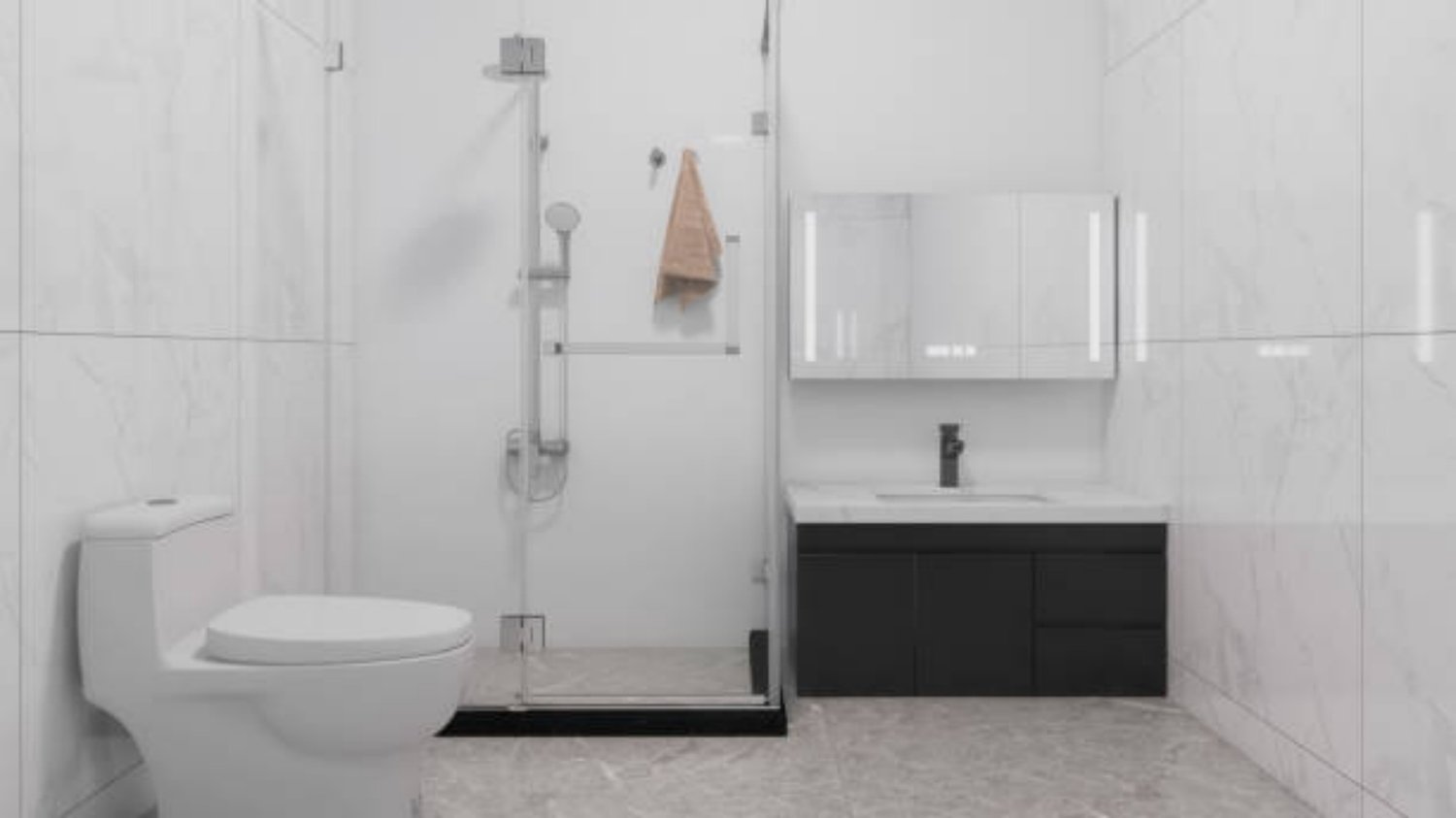1. The History of the bathroom toilet
The bathroom toilet, an essential fixture in our modern lives, has a fascinating history dating back to ancient civilizations. The first known toilets can be traced back to the Indus Valley Civilization in 2500 BCE, where they had advanced sewage systems. Over time, various cultures developed their own versions of toilets, including the ancient Greeks and Romans. The modern flush toilet, as we know it today, was invented by Sir John Harington in 1596, but it wasn't until the late 19th century that it became widely adopted.
2. The Importance of Proper Toilet Hygiene
To maintain a healthy and clean bathroom environment, proper toilet hygiene is crucial. After using the bathroom toilet, it is essential to wash your hands thoroughly with soap and water for at least 20 seconds. This practice helps prevent the spread of harmful bacteria and viruses, such as E. coli and norovirus. Additionally, regular cleaning and disinfection of the toilet bowl, seat, and surrounding areas are necessary to eliminate germs and odors.
3. Choosing the Right Toilet for Your Bathroom
When it comes to selecting a toilet for your bathroom, there are several factors to consider. The first is the type of toilet, which can be a one-piece or two-piece design. One-piece toilets are sleeker and easier to clean, while two-piece toilets are more affordable and have separate tank and bowl components. Other considerations include the toilet's flushing mechanism, water efficiency (measured in gallons per flush, or GPF), and the height and shape of the bowl. It's important to choose a toilet that suits your needs and preferences while also meeting local regulations.
4. Water-Saving Technologies in Modern Toilets
In recent years, water conservation has become increasingly important, leading to the development of water-saving technologies in modern toilets. Dual-flush toilets, for example, offer two flushing options: a low-volume flush for liquid waste and a high-volume flush for solid waste. This allows users to conserve water by using the appropriate flush for each situation. Another technology is the pressure-assisted flushing system, which uses compressed air to provide a powerful flush while using less water. These innovations not only save water but also contribute to lower utility bills.
5. How to Fix Common Toilet Problems
Dealing with a malfunctioning toilet can be frustrating, but many common issues can be resolved without the need for professional help. One common problem is a running toilet, which can be caused by a faulty flapper valve or a leaky fill valve. To fix this, you can try adjusting the chain or replacing the faulty parts. Another issue is a clogged toilet, which can often be resolved using a plunger or a plumbing snake. Understanding these common toilet problems and their solutions can save you time and money.
6. Tips for Keeping Your Toilet Clean and Odor-Free
Maintaining a clean and odor-free toilet is essential for a pleasant bathroom experience. Regular cleaning is key, and using a toilet brush and a mild cleaner, such as vinegar or baking soda, can help remove stains and odors. Additionally, consider using toilet fresheners or deodorizing tablets to keep your toilet smelling fresh between cleanings. Proper ventilation in the bathroom can also help prevent the buildup of unpleasant odors. By following these tips, you can ensure that your bathroom toilet remains clean and inviting.
7. The Impact of Modern Toilets on Water Quality
While modern toilets have made our lives more convenient, they also have an impact on water quality and the environment. Traditional toilets can contribute to water pollution when wastewater containing contaminants is not properly treated. However, advancements in wastewater treatment technologies have helped mitigate this issue. Additionally, the use of water-saving toilets reduces the strain on freshwater resources, as less water is required for each flush. It is important to consider the environmental implications of our choices when it comes to bathroom toilets and to support sustainable practices.
8. Innovative Features in Smart Toilets
With the advancement of technology, even toilets have become "smart." Smart toilets offer innovative features that enhance comfort and hygiene. Some models include heated seats, bidet functions, adjustable water pressure, and even built-in air dryers. These features not only provide a luxurious experience but can also promote better personal hygiene. Smart toilets often have touchless controls or sensors, reducing the need for physical contact and minimizing the spread of germs. While these high-tech toilets may come at a higher price, they offer convenience and additional functionalities.
9. The Future of Bathroom Toilets
The future of bathroom toilets is likely to involve continued advancements in water-saving technologies, sustainability, and smart features. As concerns about water scarcity and environmental impact grow, manufacturers are likely to focus on developing even more efficient and eco-friendly toilets. Additionally, smart toilets may become more commonplace, offering personalized settings and integrating with other smart devices in our homes. The future holds exciting possibilities for the bathroom toilet, promising improved functionality, sustainability, and hygiene.
10. The Bathroom Toilet: A Necessity for Every Home
Regardless of its design, features, or technological advancements, the bathroom toilet remains a necessity for every home. It is a fixture that provides comfort, sanitation, and privacy. As we continue to evolve in our understanding of hygiene and environmental responsibility, the bathroom toilet will continue to adapt and improve. Whether it's a traditional toilet or a high-tech smart toilet, this essential fixture will always play a vital role in our daily lives.

